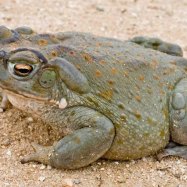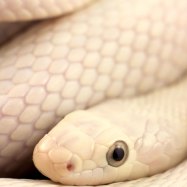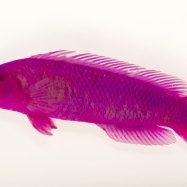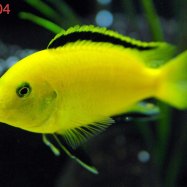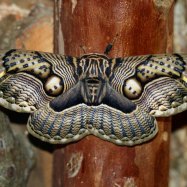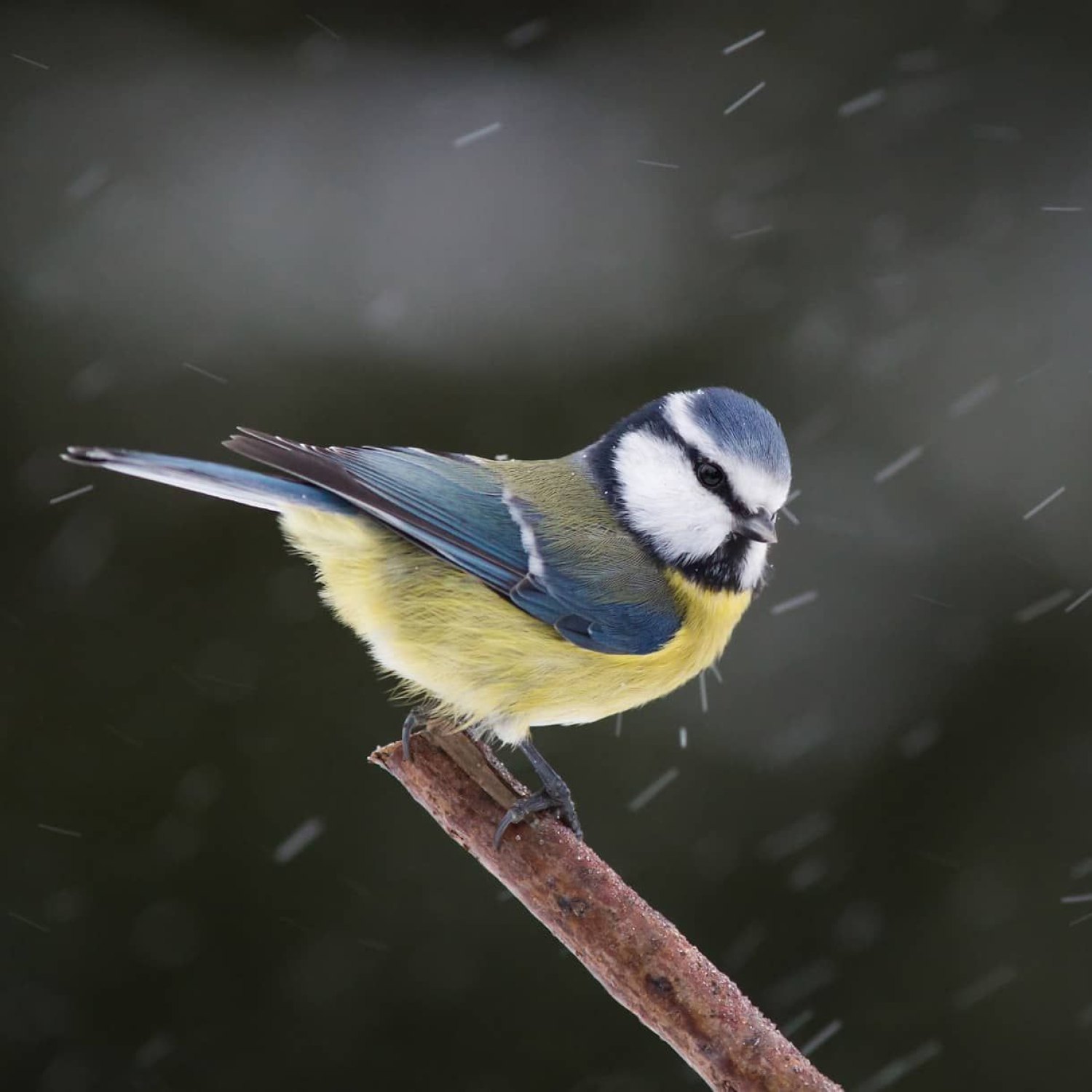
Blue Tit
11.5 - 12.5 cm (4.5 - 5 inches)
The Blue Tit is a popular bird found in the British Isles. With a small and round body shape, it measures around 11.5 to 12.5 cm (4.5 to 5 inches) in length. Belonging to the Paridae family, these colorful birds are a joy to watch in gardens and parks, and are known for their curious and lively nature. Keep an eye out for these feathered friends during your next outdoor adventure!
Animal Details Summary:
Common Name: Blue Tit
Kingdom: Animalia
Habitat: Woodlands, gardens, parks
The Charming Blue Tit: A Small Bird with a Big Personality
The Blue Tit, scientific name Cyanistes caeruleus, is a charming and lively bird that is commonly found across Europe and parts of Asia and North Africa. Its vivid blue, yellow, and green coloration, along with its small, round body shape, makes it easily recognizable and a popular sight in woodlands, gardens, and parks.Named after its striking blue color, the Blue Tit is also commonly known as just "Blue Tit" or "Tom Tit" in the United Kingdom, where it is primarily found. Belonging to the animal kingdom, phylum Chordata, class Aves, and order Passeriformes, this charismatic bird belongs to the family Paridae, which includes other familiar species such as chickadees, titmice, and crested tits Blue Tit.
Habitat and Distribution
The Blue Tit is a versatile bird that can adapt to various habitats, but it is most commonly found in woodlands, gardens, and parks. Its natural habitat includes deciduous and mixed forests, where it can easily find insects, one of its primary sources of food. It is also found in hedges, orchards, and even urban areas with plenty of trees and greenery.
This bird is widely distributed across Europe, making its home in countries like the United Kingdom, France, Germany, Spain, Italy, and Norway. It can also be found in parts of Asia, including China and Japan, and even as far as North Africa. However, it is most abundant in the British Isles, where it is considered a common resident and is found in all habitats.
Behavior and Feeding Habits
Don't let its small size fool you, the Blue Tit is a bold and highly active bird with a big personality. It is often seen darting through trees and shrubs, hopping from branch to branch, and hanging upside down while foraging for insects. It is a curious bird, and its energetic movements and lovely songs make it a popular sight and sound in any garden Bonefish.As an insectivore, the Blue Tit primarily feeds on insects, including caterpillars, spiders, and flies. But it is also known to supplement its diet with seeds and nuts, especially during the winter when insect availability is scarce. It is an excellent acrobat, using its sharp beak to pry open crevices and cracks in trees to find its food.
Appearance and Colors
The Blue Tit is a small bird, measuring only 11.5 to 12.5 cm in length, with a wingspan of 18 to 20 cm. Its body shape is round and compact, with a small head, short tail, and a short, stout beak. It has a distinctive black and white face, with a bold black stripe running through the eyes. Its back, wings, and tail are a beautiful shade of blue, while its belly is a vibrant yellow.One of the most striking features of the Blue Tit is its plumage, which sports a combination of blue, yellow, green, and white. Its crown is a bright blue, while the wings and tail have a more muted blue color with yellowish and greenish tones. The underparts are a pale yellow, with a white breast and a white belly. Its legs and feet are a pale pinkish-grey, and the eyes are black and beady.
Breeding and Reproduction
The Blue Tit is a monogamous bird, and pairs generally mate for life, although they may choose new partners if one dies. Breeding typically occurs from late April to June, with the birds building their nests in tree holes, cracks in walls, or even in nesting boxes provided by humans. The female lays an average of 8-12 eggs, which she incubates for about two weeks.Once the eggs hatch, both parents take turns feeding and caring for the young. The chicks are fed a diet primarily consisting of insects, and they will fledge after about three weeks. The parents continue to care for the fledglings for a few more weeks until they are fully independent.
Threats and Conservation
The Blue Tit is not a threatened species, and its population is considered stable at the moment. However, like many birds, the Blue Tit is still vulnerable to habitat loss and destruction, particularly in urban areas. These charming birds also face threats from predators, such as domestic cats and birds of prey, as well as diseases and parasites.Fortunately, there are measures in place to protect these birds and their habitats. In the United Kingdom, the Blue Tit is a protected species under the Wildlife and Countryside Act 1981, making it illegal to intentionally kill, injure, or take these birds without a license. There are also numerous conservation efforts in place to increase habitat diversity and raise awareness about the importance of protecting these birds.
Fun Facts about the Blue Tit
- The Blue Tit is known for its agility and acrobatic skills, and it can even hover in mid-air.- These birds are incredibly intelligent and can learn tasks and recognize human faces.
- The Blue Tit has a varied and melodic song, consisting of different sounds, notes, and calls.
- These birds are known to be very brave, even attacking much larger birds to protect their nest or territory.
- The Blue Tit is often depicted in art and literature, and it has even been featured on postage stamps in many countries.
In Conclusion
The Blue Tit may be a small bird, but it has a big personality and is highly admired and loved by bird watchers and nature enthusiasts. Its vibrant colors, energetic movements, and sweet songs make it a delightful sight to behold in any garden or woodland. While it may face threats from predators and environmental changes, there are efforts in place to protect these charming birds and ensure their survival for generations to come. So, the next time you spot a Blue Tit, make sure to take a moment to appreciate its beauty and admire its unique characteristics.

Blue Tit
Animal Details Blue Tit - Scientific Name: Cyanistes caeruleus
- Category: Animals B
- Scientific Name: Cyanistes caeruleus
- Common Name: Blue Tit
- Kingdom: Animalia
- Phylum: Chordata
- Class: Aves
- Order: Passeriformes
- Family: Paridae
- Habitat: Woodlands, gardens, parks
- Feeding Method: Insectivore
- Geographical Distribution: Europe and parts of Asia and North Africa
- Country of Origin: United Kingdom
- Location: British Isles
- Animal Coloration: Blue, yellow, green, white
- Body Shape: Small, round
- Length: 11.5 - 12.5 cm (4.5 - 5 inches)
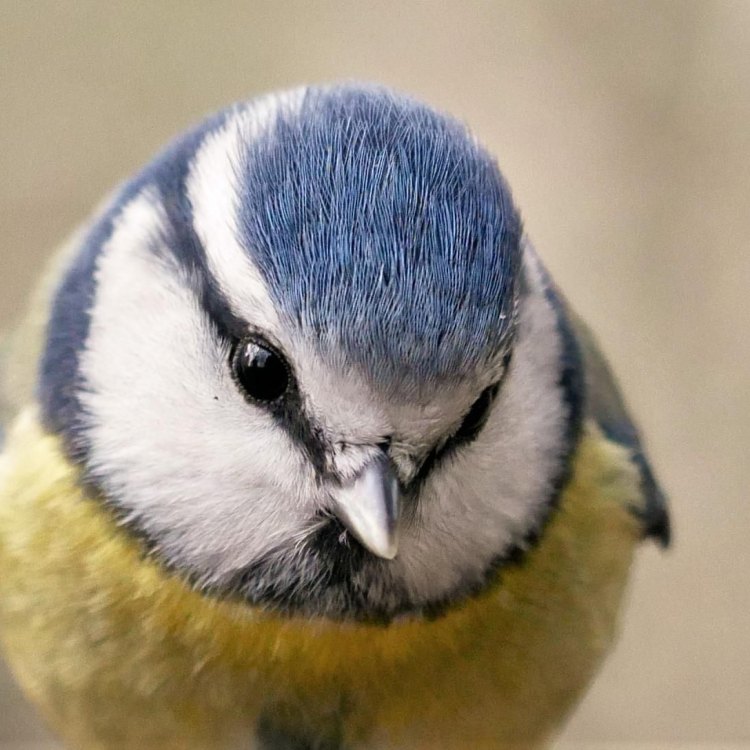
Blue Tit
- Adult Size: Small
- Average Lifespan: 2 - 3 years
- Reproduction: Monogamous
- Reproductive Behavior: Nest-building, egg-laying, incubation
- Sound or Call: Chick-a-dee-dee-dee
- Migration Pattern: Partial migrant
- Social Groups: Flocks
- Behavior: Active, agile, curious
- Threats: Loss of suitable habitat, predation
- Conservation Status: Least Concern
- Impact on Ecosystem: Pollinator, predator of insects
- Human Use: Birdwatching, pest control in gardens
- Distinctive Features: Bright blue crown, yellow breast
- Interesting Facts: Blue Tits are known for their acrobatic feeding behaviors, hanging upside down or sideways to reach insect larvae in tree crevices.
- Predator: Birds of prey, snakes, cats
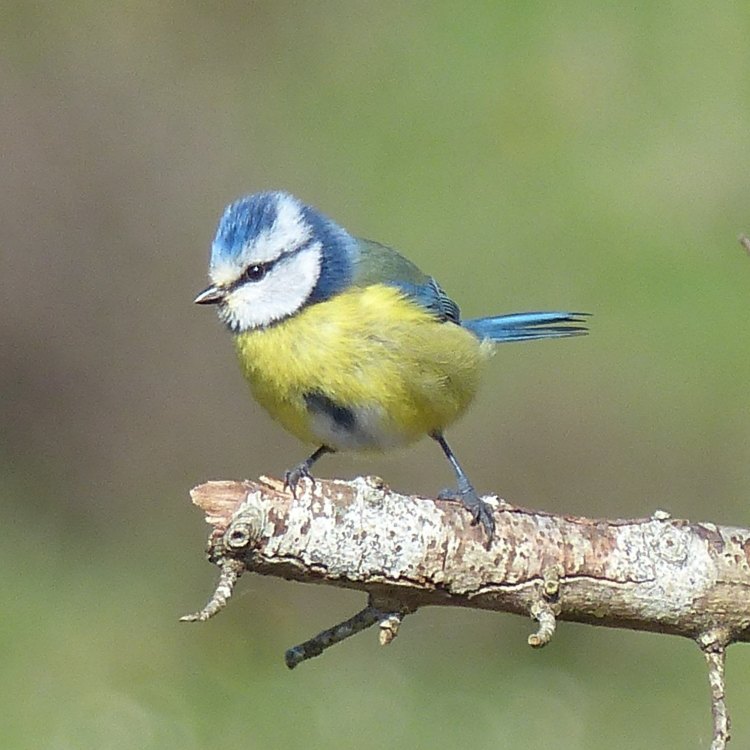
Cyanistes caeruleus
The Curious and Acrobatic Blue Tit: A Small Yet Mighty Bird
The world is full of fascinating creatures, both big and small. In the bird kingdom, there are over 10,000 species with unique characteristics and behaviors. Among them is the Blue Tit, a small yet mighty bird that captures the hearts of bird enthusiasts and nature lovers.The Blue Tit, scientifically known as Cyanistes caeruleus, belongs to the Paridae family and is native to Europe, Asia, and North Africa PeaceOfAnimals.Com. They are commonly found in woodlands, parks, gardens, and even urban areas, making their distinct chirping sound, "chick-a-dee-dee-dee", a common sound in many places.
But what makes this little bird so special? Let's take a deeper look at its size, lifespan, behavior, impact on the ecosystem, and more.
The Blue Tit's Physical Characteristics
The Blue Tit is a small bird, measuring only 11-12 centimeters (4-5 inches) in size, making it one of the smallest birds in Europe. Despite its tiny size, it weighs around 10 grams, with males being slightly heavier than females.One of the most distinctive features of the Blue Tit is its vibrant, bright blue crown, wings, and tail. Its back is olive-green, and its breast is a beautiful shade of yellow, which gives it a colorful and eye-catching appearance. Its head and neck are also a combination of black and blue, making it a beautiful bird to watch.
The Monogamous Reproduction of Blue Tits
Blue Tits are monogamous birds, which means they mate for life. During the breeding season, which typically starts in April and ends in July, male Blue Tits will court a female by showing off their bright colors and singing their lovely melodies Bass. Once they have found their mate, they will build a nest together, usually in tree holes or crevices in walls, using moss, feathers, and grass.The female Blue Tit will lay 8-10 white eggs, which she will incubate for around two weeks until they hatch. During this time, the male Blue Tit will bring her food, and she will only leave the nest for short periods to feed and stretch her wings.
Once the chicks hatch, both parents will work together to feed and care for them until they can leave the nest and fend for themselves. The young Blue Tits stay with their parents for a few weeks before they are ready to leave and start a life of their own.
The Active and Curious Behavior of Blue Tits
Blue Tits are incredibly active and agile birds, constantly flitting from branch to branch in search of food. They are also known for their curiosity, often checking out new objects and pecking at anything that catches their interest.One of their most fascinating behaviors is their acrobatic feeding style. Blue Tits are capable of hanging upside down or sideways to reach insect larvae in tree crevices, showing off their excellent agility and flexibility. This behavior not only helps them find food but also entertains bird watchers who get to witness it.
These birds are also highly social and often found in flocks, making their characteristic chirping sounds as they communicate with each other and explore their surroundings.
The Threats and Conservation Status of Blue Tits
The Blue Tit may be small, but it faces many threats in its natural habitat, including the loss of suitable nesting sites due to deforestation and urbanization. They are also at risk of predation from birds of prey such as owls and hawks, snakes, and cats.Fortunately, Blue Tits are currently listed as "Least Concern" on the IUCN Red List of Threatened Species. However, their population is declining in some areas, making it essential to protect their habitats and raise awareness about their conservation.
The Impact of Blue Tits on the Ecosystem
Despite their small size, Blue Tits play a significant role in their ecosystem as pollinators and predators of insects. In the spring, they feed on nectar from flowers, helping to pollinate them and contribute to plant growth and diversity.Blue Tits also eat a wide variety of insects, including pest species, making them valuable to farmers and gardeners. In fact, many people attract these birds to their gardens to help control pests naturally, reducing the use of harmful pesticides.
The Human Use of Blue Tits
The Blue Tit may not have a direct purpose for humans, but they bring great joy to many through birdwatching and bird photography. They are also a common subject in nature illustrations and paintings, showcasing their beauty and charm.Blue Tits also help control pests in gardens, making them a natural alternative to pest control methods that can harm the environment and other animals.
The Interesting Facts about Blue Tits
Apart from their vibrant colors and acrobatic feeding behaviors, Blue Tits have many interesting facts that make them stand out from other birds. For example, they have the ability to store food, such as seeds and insects, in hidden locations, using their excellent spatial memory to retrieve them later.Another unique fact about Blue Tits is their ability to learn and adapt quickly. Scientists have discovered that these birds can easily learn new skills by watching and mimicking other Blue Tits, showing their intelligence and problem-solving abilities.
The Predators of Blue Tits
Despite their acrobatic skills and ability to camouflage, Blue Tits also have predators that pose a threat to their survival. As mentioned earlier, birds of prey, such as owls and hawks, prey on these small birds. Snakes and cats are also common predators, taking advantage of their small size and vulnerability.In Conclusion
The Blue Tit may be a small bird, but it has a big impact on its ecosystem and brings joy to many people. Its vibrant colors, curious and acrobatic behaviors, and monogamous reproduction make it a unique and fascinating species to observe.However, like many other species, the Blue Tit faces threats that can significantly impact its population. This highlights the importance of conservation efforts and preserving their habitats for future generations to enjoy these little birds' beauty and charm. So, the next time you hear the familiar "chick-a-dee-dee-dee" call, remember the curious and acrobatic Blue Tit and its role in our ecosystem.
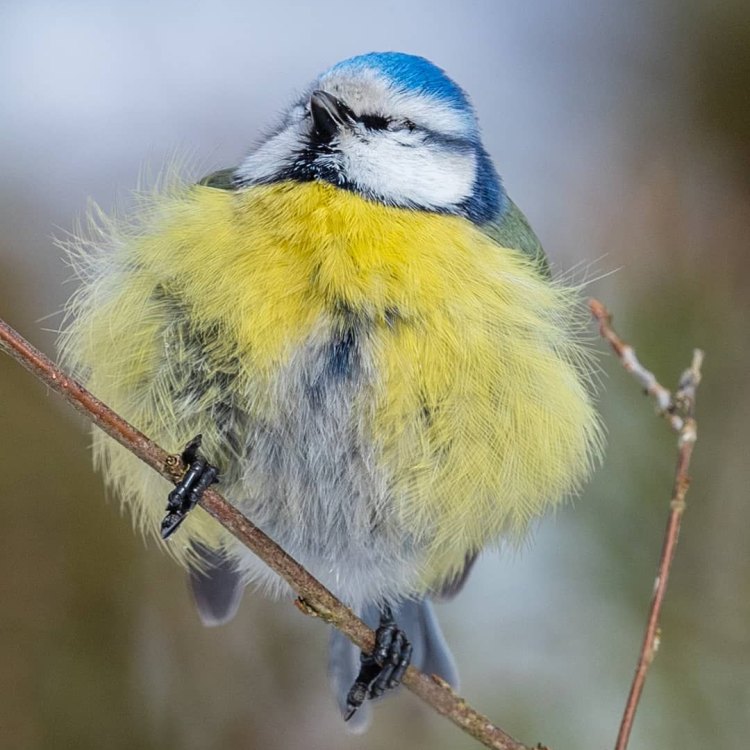
The Charming Blue Tit: A Small Bird with a Big Personality
Disclaimer: The content provided is for informational purposes only. We cannot guarantee the accuracy of the information on this page 100%. All information provided here may change without prior notice.

